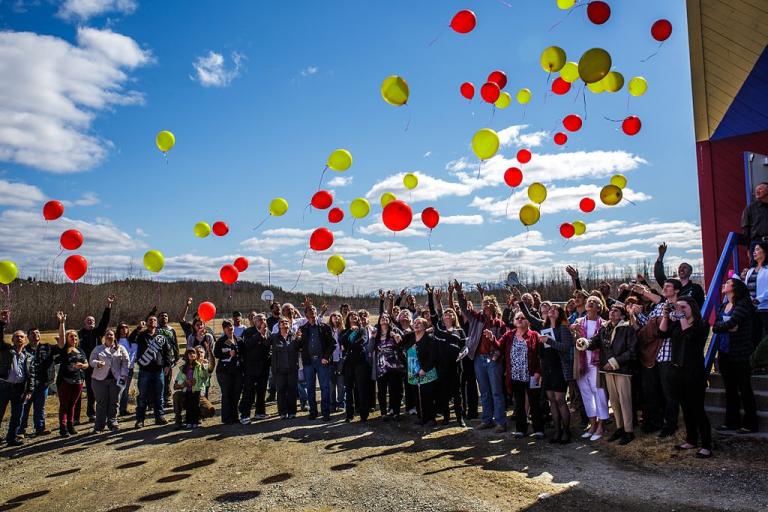The impending demise of us Baby Boomers will soon mean a boom in deaths. And what we in my generation have done to American culture, we are doing to funerals.
From Karen Heller, The funeral as we know it is becoming a relic — just in time for a death boom:
Death is a given, but not the time-honored rituals. An increasingly secular, nomadic and casual America is shredding the rules about how to commemorate death, and it’s not just among the wealthy and famous. Somber, embalmed-body funerals, with their $9,000 industry average price tag, are, for many families, a relic. Instead, end-of-life ceremonies are being personalized: golf-course cocktail send-offs, backyard potluck memorials, more Sinatra and Clapton, less “Ave Maria,” more Hawaiian shirts, fewer dark suits. Families want to put the “fun” in funerals. . . .
Funeral homes have hired event planners, remodeled drab parlors to include dance floors and lounge areas, acquired liquor licenses to replace the traditional vat of industrial-strength coffee. In Oregon, where cremation rates are near 80 percent, Musgrove has organized memorial celebrations at golf courses and Autzen Stadium, home of the Ducks. He sells urns that resemble giant golf balls and styles adorned with the University of Oregon logo.
The story recounts a number of innovations, from gift bags and souvenirs made from the deceased’s ashes to “living funerals,” in which the person whose funeral it is shows up before he dies. That way he can hear all the nice things people say about him and can take part in the party. Although another trend is for the survivors to be brutally honest about their loved one’s addictions and failings.
Some years ago, I wrote an essay entitled A Tale of Two Funerals. I explained the traditional Christian funeral, which is aimed at giving consolation through Christ, and contrasted it with contemporary funerals that aim instead at providing an emotional catharsis.
But these new funerals, or, more precisely, parties to honor the dead, are different. There are still funerals designed to make everyone cry, but these new secularist observances don’t do that. Not only do they dispense with reverence and the sense of awe in the face of death, they seem designed to dispense with mourning altogether, so that the attendees, caught up in the party atmosphere, do not feel sad. I realize that funerals are more for the living than the dead, but it seems that what the living want is not to grieve.
This, I suppose, is more fitting for a culture of death. It is important to create the impression that death is not a big deal. Even though it is.
HT: Mark L. Bannon
Photo: Celebration of Life: The Release of the Balloons by Murray Foubister via Wikimedia Commons [CC BY-SA 2.0 (https://creativecommons.org/licenses/by-sa/2.0)]














